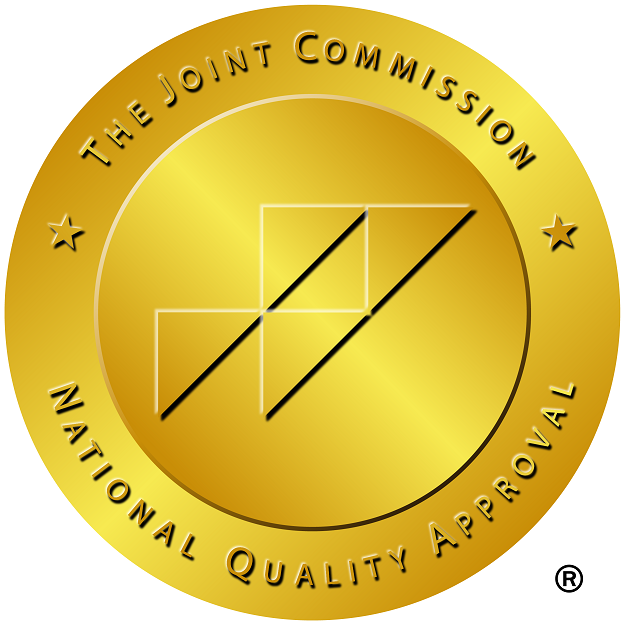Dementia and Alzheimer’s are two of the most devastating neurological disorders affecting millions worldwide. They are progressive diseases that lead to cognitive decline, memory loss, and, ultimately, a loss of independence. The early detection of these diseases is crucial for effective treatment and management, but their symptoms often go unnoticed in the early stages.
However, advancements in medical imaging have brought hope for more accurate and timely diagnoses. Brain scans, in particular, have emerged as a vital tool in detecting dementia and Alzheimer’s disease. In this blog, we will describe the role of brain scans in diagnosing these diseases, their benefits and limitations, and current and future research in this area.
Dementia vs. Alzheimer’s
The Dementia & Alzheimer’s disease are often used interchangeably, but they are not the same condition. Dementia is a term that describes symptoms that affect cognitive functioning, like memory loss, difficulty with language, and changes in behavior and personality. Alzheimer’s disease is a type of dementia, accounting for 60-80% of all dementia cases. It is characterized by the buildup of beta-amyloid plaques and tau tangles in the brain, leading to the progressive destruction of brain cells and a decline in cognitive function.
Other types of dementia are vascular dementia, frontotemporal dementia, & Lewy body dementia. Vascular dementia is mainly caused by reduced blood flow to the brain. In contrast, frontotemporal dementia affects the frontal & temporal lobes of the brain, leading to changes in personality, behavior, and language. Lewy body dementia is caused by the creation of abnormal protein deposits in the brain, leading to cognitive decline and motor symptoms.
While the different types of dementia have unique features, they share many common symptoms and can be difficult to distinguish from one another. Brain scans can be essential in identifying the underlying cause of dementia and guiding treatment decisions. By accurately diagnosing the specific type of dementia, doctors can provide personalized care and support to patients and their families.
Types of Brain Scans Used for Diagnosing Dementia & Alzheimer’s Disease
There are several types of brain scans used to diagnose dementia and Alzheimer’s disease, including:
1.Magnetic Resonance Imaging (MRI):
MRI uses a magnetic field & radio waves to create detailed brain images. This type of scan can detect structural changes in the brain, such as shrinkage or atrophy.
2.Positron Emission Tomography (PET):
PET scans use a radioactive tracer to measure brain activity. This type of scan can detect abnormal patterns of activity associated with Alzheimer’s disease and other dementias.
3.Single-Photon Emission Computed Tomography (SPECT):
SPECT scans are similar to PET scans but use a different type of tracer. SPECT can also detect abnormal brain activity associated with dementia and Alzheimer’s disease.
4.Electroencephalography (EEG):
EEG calculate the electrical activity in the brain. This type of scan can detect abnormal brain activity associated with dementia and Alzheimer’s.
How Brain Scans Help Diagnose Dementia and Alzheimer’s Disease
Brain scans can help diagnose dementia and Alzheimer’s disease in several ways, including:
1.Detection of Structural Changes in the Brain
As mentioned earlier, MRI scans can detect brain structure changes every day in Alzheimer’s disease and other types of dementia.
2.Detection of Abnormal Activity in the Brain
PET and SPECT scans can detect abnormal activity in the brain, such as the buildup of amyloid plaques & tau tangles associated with Alzheimer’s disease.
3.The Role of Biomarkers in Diagnosing Dementia and Alzheimer’s Disease
Biomarkers are proteins or other substances that can indicate the presence of a disease. Brain scans can detect biomarkers associated with Alzheimer’s disease, such as amyloid-beta and tau proteins.
Benefits and Limitations of Brain Scans in Diagnosing Dementia and Alzheimer’s Disease
Brain scans offer several benefits in diagnosing dementia and Alzheimer’s disease, such as:
- Early Detection:
Brain scans can detect changes in the brain associated with dementia and Alzheimer’s disease before symptoms appear. Early detection can lead to earlier treatment and better outcomes.
- Improved Accuracy of Diagnosis:
Brain scans can provide more accurate diagnoses than relying on symptoms alone.
- Personalized Treatment Plans:
Brain scans can help doctors develop personalized treatment plans based on patient’s needs.
However, brain scans also have some limitations, including:
- Cost and Accessibility:
Brain scans can be expensive, and not all medical facilities have the equipment to perform them.
- False Positives and False Negatives:
Brain scans can produce false positives, indicating a disease when there is none, or false negatives, failing to detect a disease when it is present.
- Ethical Concerns:
There are ethical concerns regarding using brain scans for diagnosis, particularly in cases where patients may not want to know if they have a disease.
Current and Future Research
Researchers are currently exploring ways to improve the accuracy of brain scans in diagnosing dementia and Alzheimer’s disease. This includes developing new biomarkers, enhancing the accuracy of existing biomarkers, and identifying subtypes of dementia and Alzheimer’s disease. As technology evolves, there is hope for even more precise and accessible diagnostic tools.
In addition Healthcare staffing solutions play a vital role in ensuring that hospitals have the necessary workforce to provide quality care to patients, including those with dementia or Alzheimer’s disease. Staffing agencies for hospitals can help address the challenges of healthcare worker shortages, which are particularly acute in specialties like geriatrics. While a brain scan can detect changes in the brain associated with dementia or Alzheimer’s, it is just one tool in a larger diagnostic process that also includes clinical evaluation and cognitive testing. Staffing agencies for hospitals can assist in providing the specialized care that patients with dementia or Alzheimer’s require, including memory care units and staff trained in managing behavioral and psychological symptoms.
Conclusion
Brain scans offer an essential tool for diagnosing dementia and Alzheimer’s disease. While there are limitations and ethical concerns associated with their use, the benefits of early detection and personalized treatment plans make them a valuable tool for doctors and patients alike. Continued research and development will likely lead to more accurate and accessible diagnostic tools. Patients can receive earlier treatment and improve their quality of life with more accurate diagnoses. As such, brain scans represent an essential step forward in the fight against dementia and Alzheimer’s disease.















